

CarExpert.com.au
The CarExpert team's favourite cars of 2025
2 Days Ago
It's not top of the totem pole as it once was but the Hyundai Kona is still one of the frontrunners in what is one of the most popular automotive segments
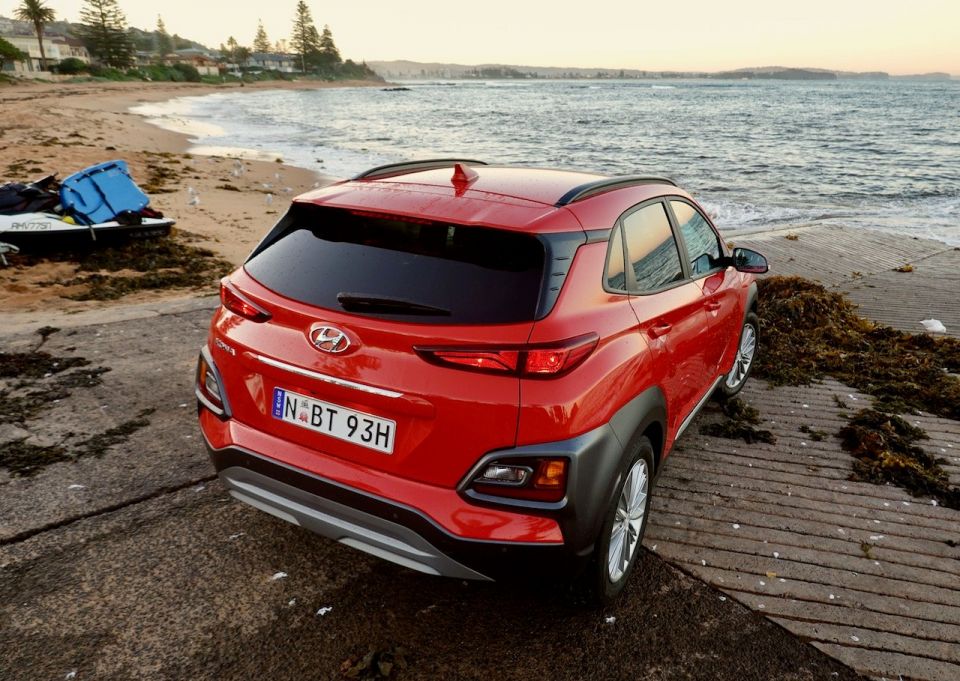
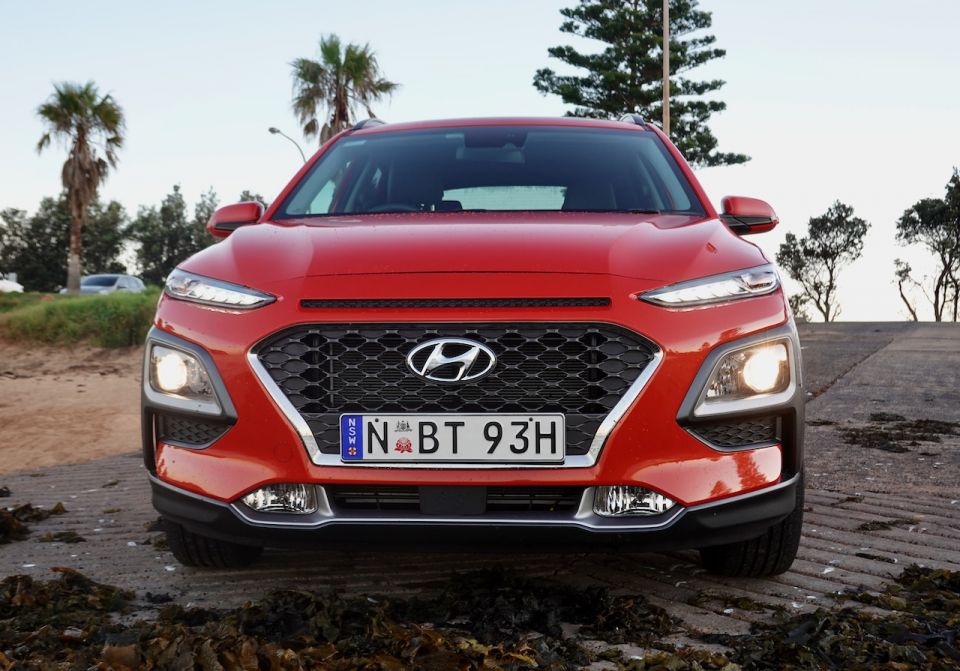

Senior Road Tester
New from
$34,140
excl. on-roads

Senior Road Tester
New from
$34,140
excl. on-roads


Senior Road Tester
New from
$34,140
excl. on-roads

Senior Road Tester
New from
$34,140
excl. on-roads
Quickly see how this car stacks up against its competition. Select any benchmark to see more details.
Where expert car reviews meet expert car buying – CarExpert gives you trusted advice, personalised service and real savings on your next new car.
If you’ve narrowed your next car purchase down to a compact SUV, deciding on which brand, model, and variant best suits your needs can be one of the most difficult, stressful decisions outside of buying a house.
It’s not just the 15 or more brands on offer, it’s also the number of variants within those particular model ranges that can make the selection process daunting for the uninitiated.
Most people will end up with a shortlist of perhaps two or three makes after reading reviews on websites like ours, rather than the unthinkable torture of visiting multiple dealerships over multiple weekends for test drives and the general hounding that may follow.

It’s an exercise I’ve just been through with my oldest daughter, who’s Mk 7 Volkswagen Golf was obliterated in the Canberra hailstorms earlier this year.
Don’t get me wrong, she was a fan of the Golf for its solid build, compact proportions, and semi-premium cabin, but with her first baby on the way she wanted a slightly taller vehicle for ease of loading prams and all the other stuff that new mums are required to lug.
Mind, she and her tradie husband still wanted the convenience of a compact car for ease of parking and manoeuvring.
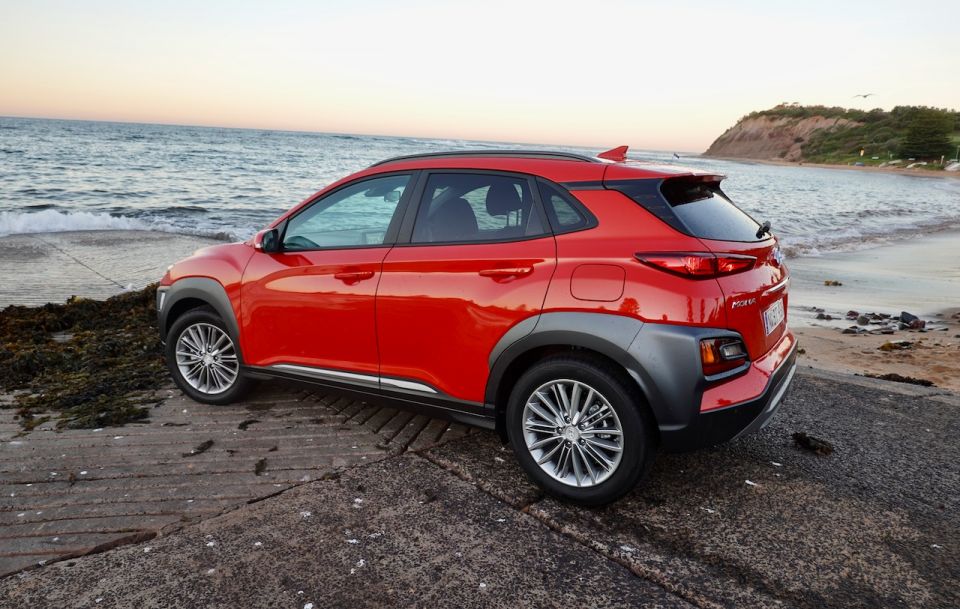
She’d earmarked the Hyundai Kona right from the get-go thanks to the neighbour’s white Kona Elite parked out front, although everyone was raving about the new Kia Seltos (myself included) as the fresh-faced star of the segment.
Against my best advice, she’d already decided on the Kona without test driving a single competitor. Not the smartest move in my book, given the huge selection on offer.
That said, circumstances dictated the play to a large extent given they needed transport after being car-less (besides her husband’s crew-cab work ute) for more than eight weeks while their claim was assessed.
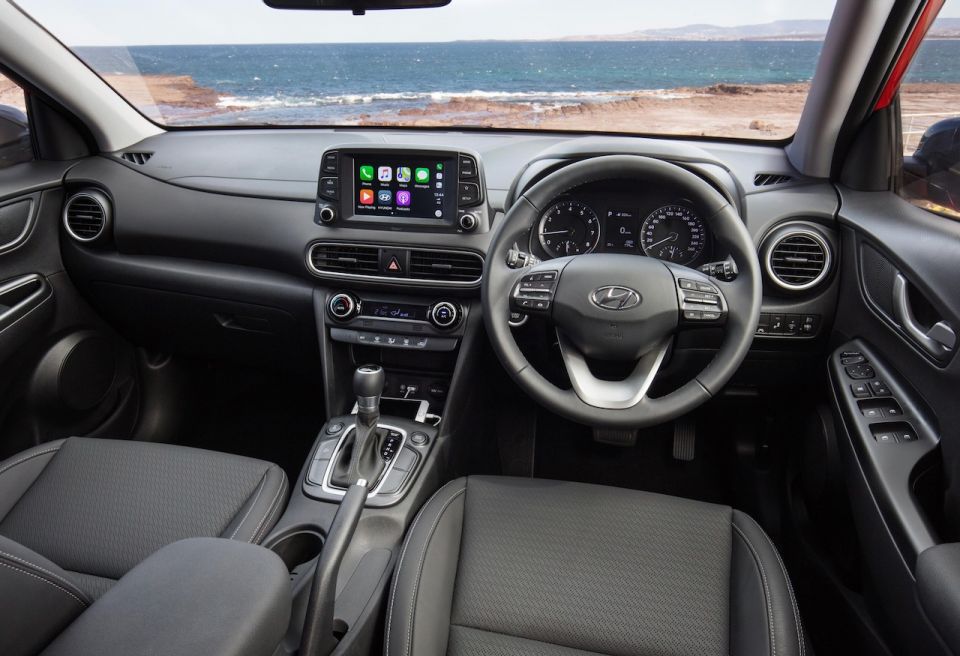
In the end, she ended up going with the top-spec Hyundai Kona Highlander 1.6T rather than the less expensive Kona Elite 1.6T tested here, after snagging a decent deal on a demonstrator.
From the Toyota C-HR and Honda HR-V to the Mazda CX-3, Kia Seltos, Subaru XV, and new Volkswagen T-Roc, the Kona goes head-to-head with a strong, diverse set of rivals.
It’s some of the toughest competition in the automotive world.
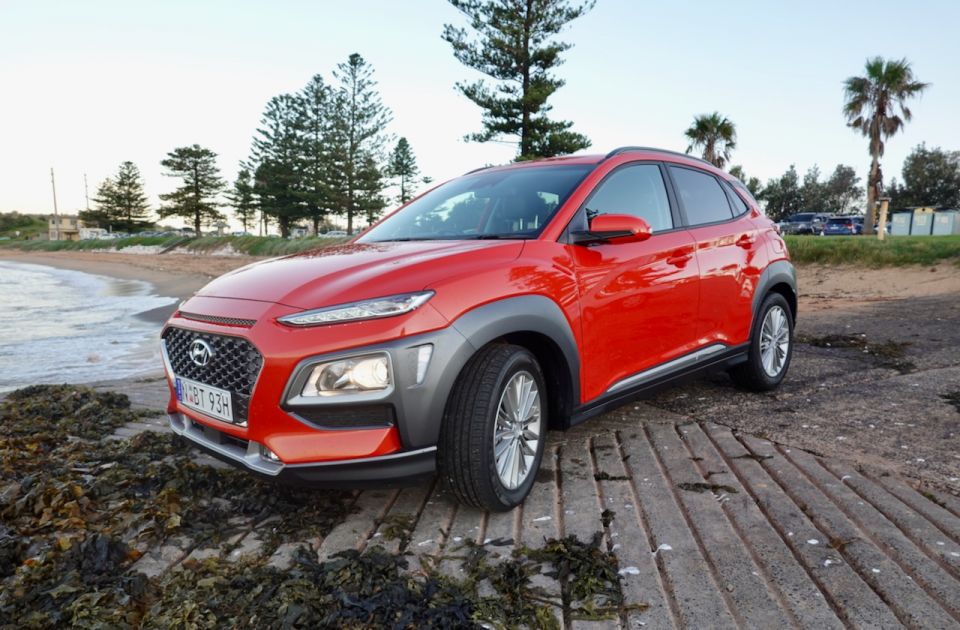
There’s no doubt Kona remains one of the frontrunners in its class despite launching almost three years ago in Australia. The design is still contemporary and remains a strong selling point, and it looks especially good in this Tangerine Comet paint job.
That’s no surprise, either, because the man responsible for its design was Peruvian-born Luc Donckerwolke who also presided over the Lamborghini Diablo VT 6.0, along with the Murcielago and Gallardo.
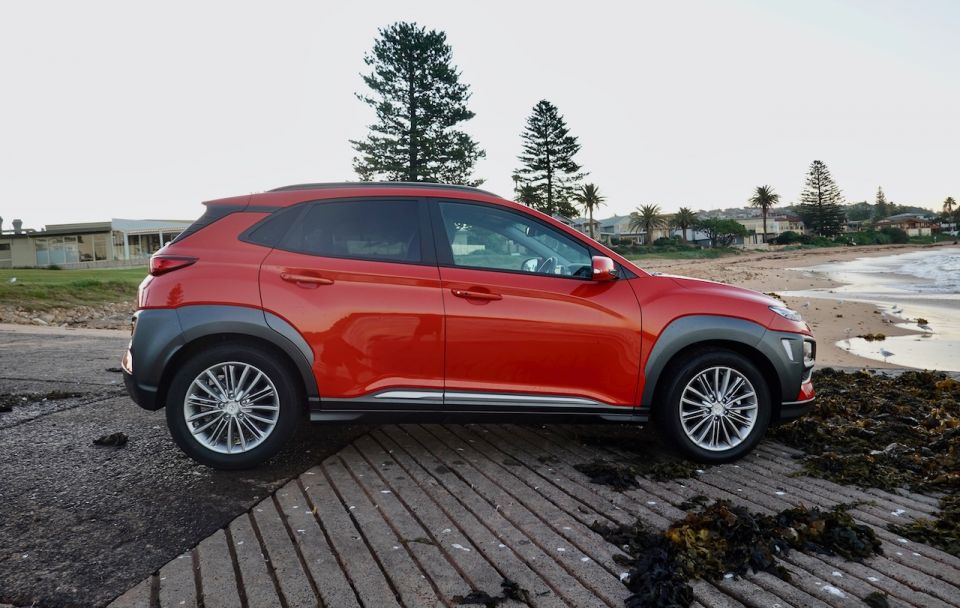
With a choice of 10 variants from the entry-level Go priced from $24,000 before on-road costs, to the range-topping Highlander EV from $64,490 before on-roads, you could say there’s a Kona for everyone.
While the range relies on petrol engines exclusively, the choice is between a 2.0-litre naturally-aspirated powertrain married to a six-speed automatic driving the front wheels, or 1.6-litre turbocharged unit with a seven-speed dual-clutch gearbox driving all-four wheels.
If you include the two electric models in the line-up, our 1.6T Elite sits firmly in the middle of the Kona mix with a $33,500 price tag – $3500 more than the Kona Elite 2.0 below it.
Next step up is the Hyundai Kona Highlander, but there’s a hefty $6000 gap if you want the same engine.
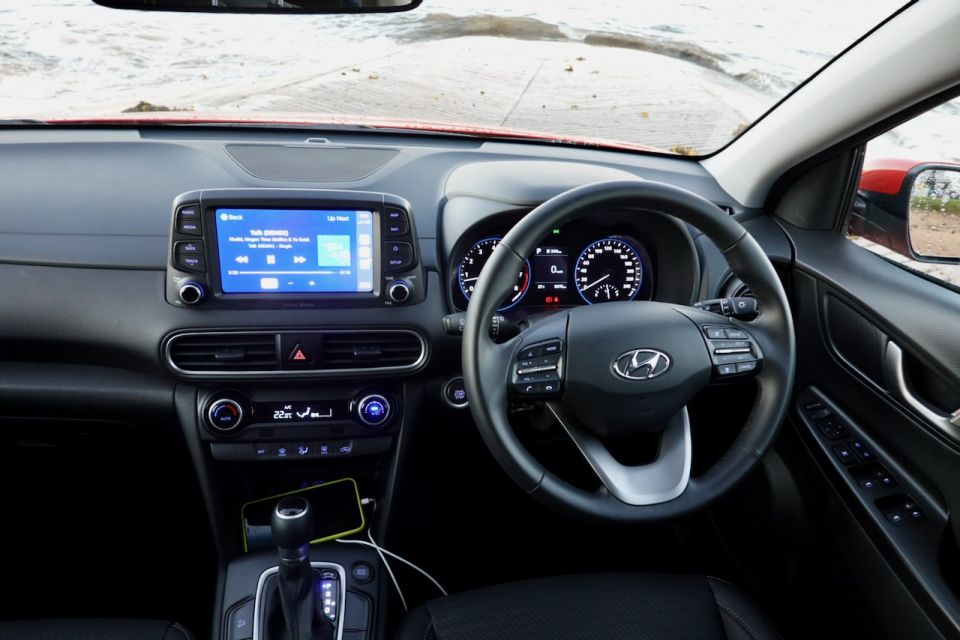
Buy your new car without the stress. It's fast, simple and completely free.

Great service from Travis and team, second time I have used this business would not hesitate to recommend them to anyone
Craig C.
Purchased a Ford Ranger in Sunshine Coast, QLD
CarExpert helped Craig save thousands on his Ford Ranger, now let us save you on your next new car.
Find a dealChoosing a mid-spec variant means you don’t get the full box and dice, but Hyundai has always been fairly generous with its standard equipment inventory. The Kona Elite is well catered for.
Standard fare at this level includes leather seats, an 8.0-inch infotainment display (up from 7.0 inches on lower-spec cars), LED daytime running lights and automatic headlamps, an Infinity eight-speaker audio system with external amplifier, DAB+ digital radio, SUNA live traffic updates, with Apple CarPlay and Android Auto, Bluetooth streaming, and a USB charging port.
There’s also a rear-view camera with rear parking sensors, tyre-pressure monitoring system, front fog lights, smart key with push-button start, and solar control glass with privacy rear windows.

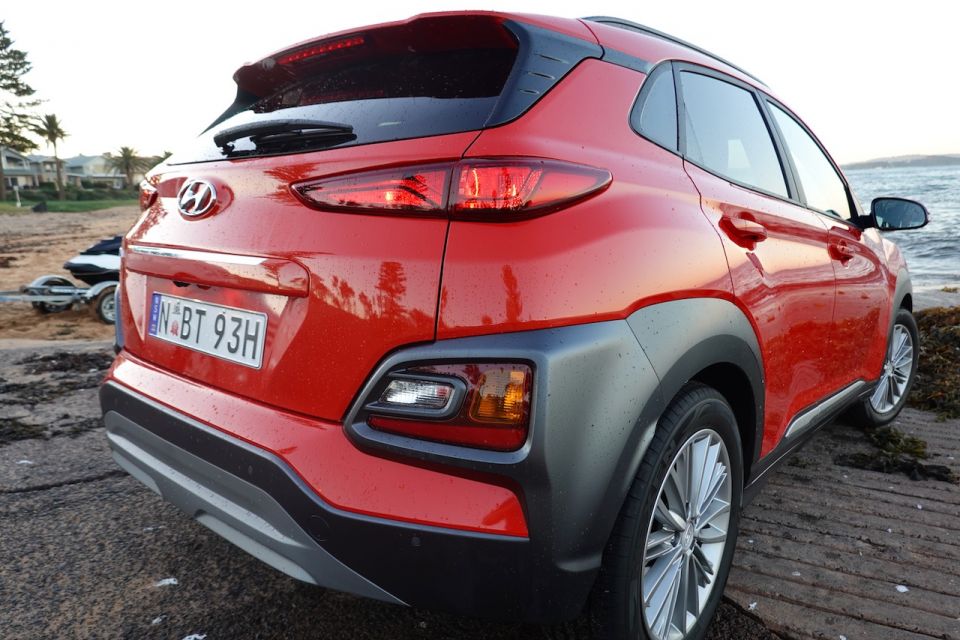
Additional kit includes 17-inch alloy wheels, electric folding side mirrors, single-zone climate control, rain-sensing wipers, automatic headlights, and a luggage net round out the equipment inventory.
If you’re wondering which creature comforts you’re missing by not choosing the top-shelf Highlander, there’s LED headlights and front turn signals, LED taillights, auto high-beam, a head-up display, 18-inch alloy wheels, heated front seats, an auto-dimming rear-view mirror, wireless charging pad, powered front seats, auto sunroof, and a heated steering wheel – all the stuff we all want, right?
From any angle the Kona looks diminutive. And at 4165mm long, it’s actually 175mm shorter than the i30. Given its extra ground clearance, it’s taller overall by 95mm. That might suit some buyers, but others might find it a bit of a hindrance.
By way of comparison the Toyota CH-R has a minimum length of 4360mm, while the Honda HR-V is 4294mm long.
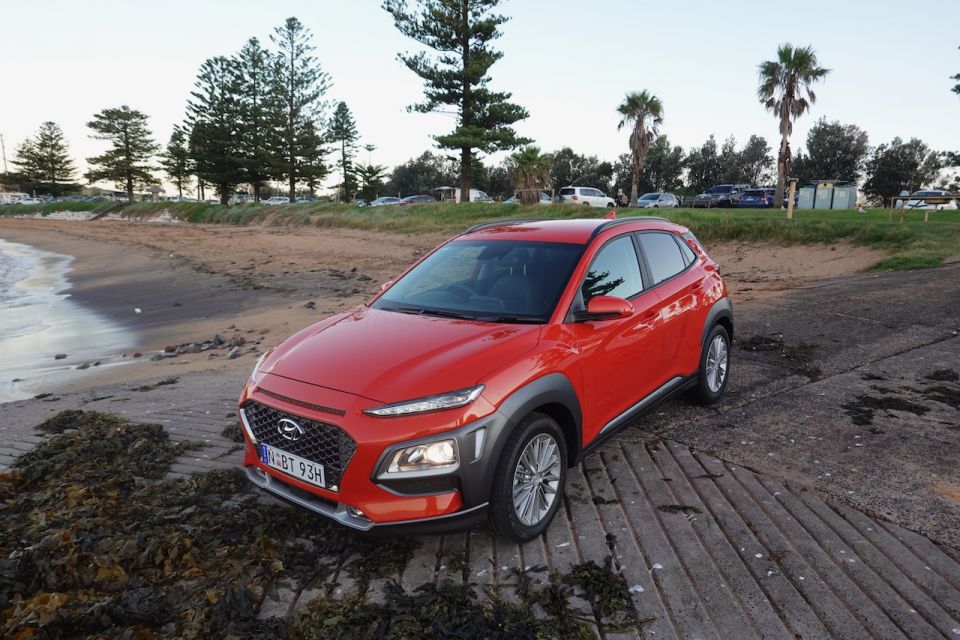
You bet. All Hyundai Kona variants come with six airbags (dual frontal, side and head) and a five-star ANCAP safety rating. It was last tested in 2017, when it achieved an overall score of 35.07 of a total 37 points, including 14.07/16 for frontal offset, 16/16 for side impact and 2/2 for the pole test.
Across the entire Kona model range there’s an active safety suite including autonomous emergency braking as part of Hyundai’s SmartSense package. It’s a system that not only warns the driver of obstacles ahead of the car such as a pedestrian or another vehicle, but will apply the brakes automatically if there is no response.
With Hyundai Kona AEB will bring the vehicle to a complete stop from speeds up to 75km/h, or will reduce the impact at higher speeds.
Additional safety on-board include driver attention monitoring and lane-keeping assist for all variants, but the Elite and Highlander are also equipped with rear cross-traffic warning, blind-spot warning, rear cross-traffic warning and adaptive cruise control.

Unlike its flashy exterior, the Hyundai Kona is less flamboyant inside with a more traditional look and feel to it, though at least in Elite trim there’s leather appointed seats that spice up the offering to some extent.
There’s also just enough brightwork to overcome what is otherwise an awful lot of hard grey plastics throughout the cabin. Not unusual in this segment, mind.
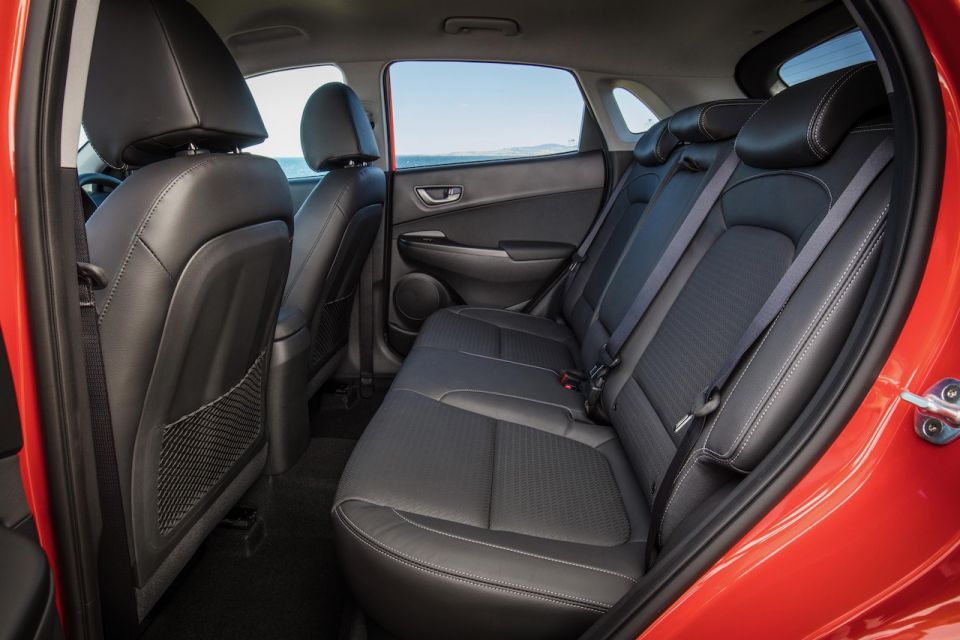
Overall, it’s a functional and uncluttered layout with a floating-style tablet sitting front and centre on the dash. It all feels well screwed together and robust to me. At the end of the day, if you use Apple CarPlay or Android Auto you’ve just about got everything covered off as far as information and entertainment goes.
Seat cushioning is nice and thick, and there’s decent bolstering to keep passengers comfortable in most driving conditions.
There’s obviously room for three kids across the rear bench but, given Kona’s overall dimensions, two adults is as busy as it should get back there. Legroom is compromised in a vehicle of such petite proportions.
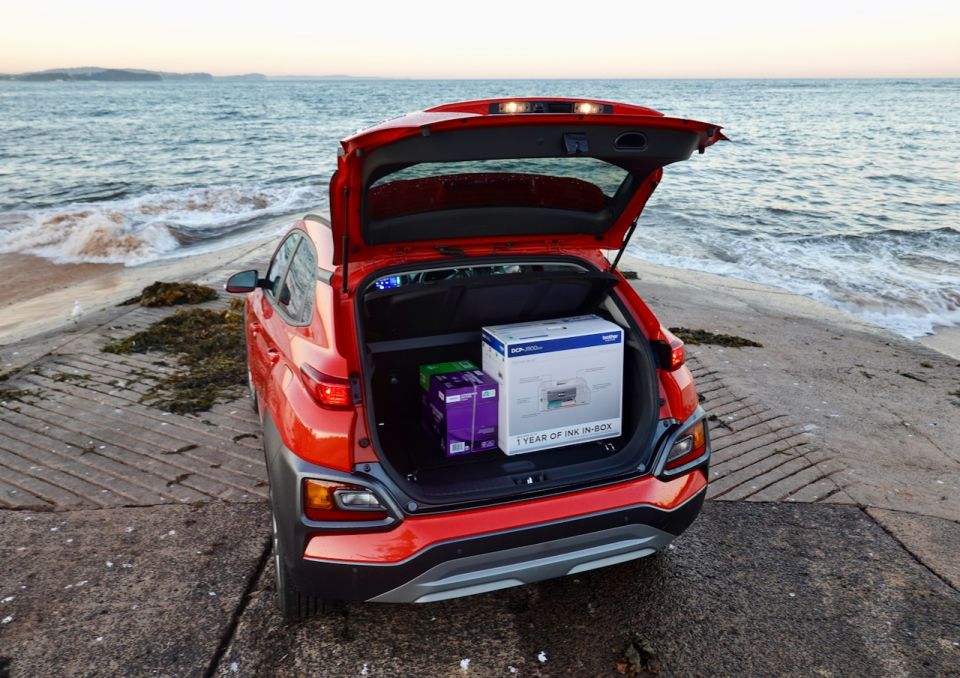
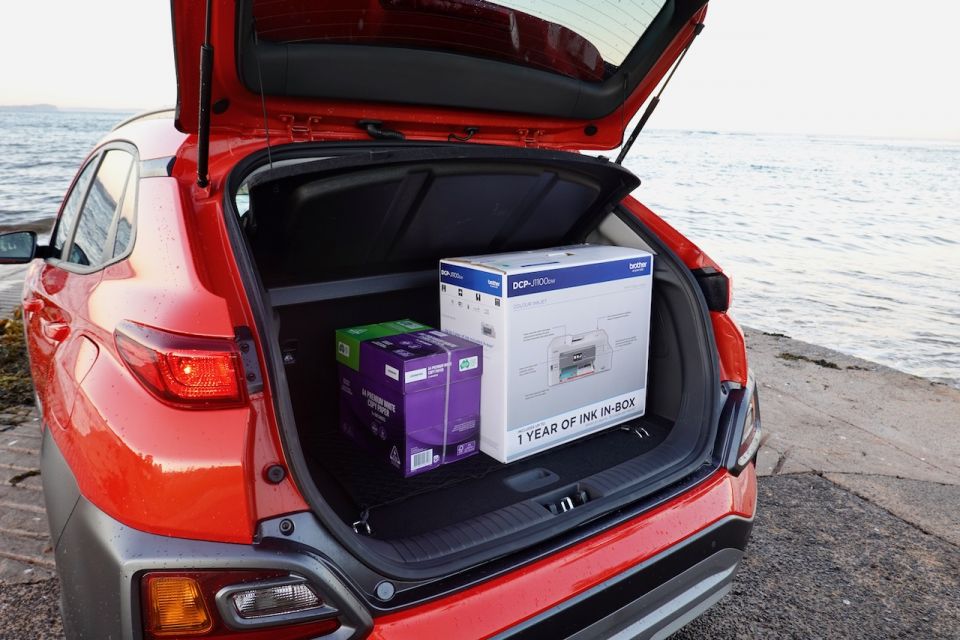
Load space is pretty good, too, with 361L available behind the second row. By way of comparison that’s 97L more than the Mazda CX-3 264L capacity – but also 34L less than the i30 hatch.
Fold the 60/40 split rear seats and boot space expands to 1143L, and the load height is an ideal height for prams and large boxes.
Should you need more, then the popular Nissan Qashqai offers a 430L capacity while the Honda HR-V betters it by seven litres.
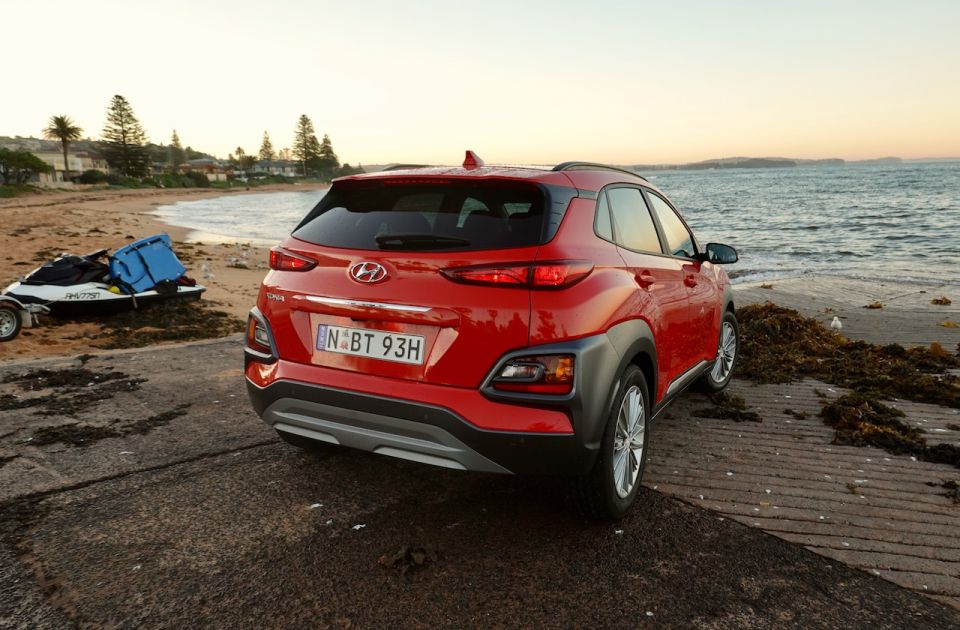
Hyundai offers two petrol engines in the Hyundai Kona Elite.
The larger-displacement 2.0-litre naturally-aspirated four-cylinder engine makes an uninspiring 110kW of power and 180Nm of torque, put to the front wheels through a six-speed auto.
Far more palatable is the 1.6-litre turbocharged four-cylinder unit in our Kona Elite test vehicle, channelling 130kW of power and 265Nm of torque to all four wheels through a seven-speed dual-clutch automatic.
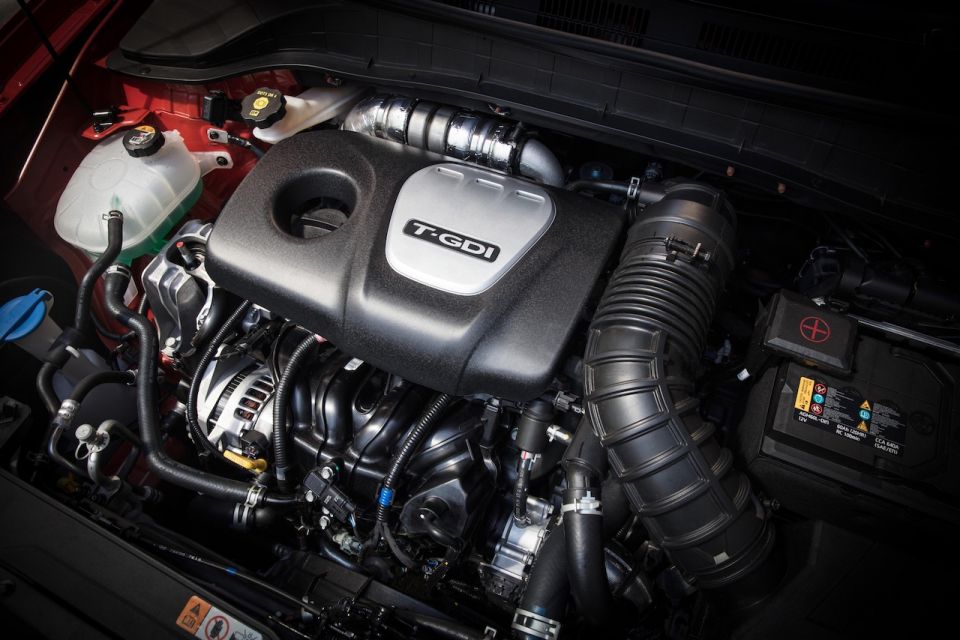
Where expert car reviews meet expert car buying – CarExpert gives you trusted advice, personalised service and real savings on your next new car.
Mazda’s similarly-priced CX-3 sTouring AWD makes 110kW and 195Nm from its naturally aspirate 2.0-litre petrol engine, while Toyota’s C-HR AWD generates 85kW and 185Nm from its 1.2-litre turbocharged engine.
While most folks will find the cheaper Hyundai Kona Elite with the 2.0L engine more than adequate as a daily driver charged with urban duties, it can a bit rowdy whenever you need to punch it over a sustained distance; like ascending a decent incline or overtaking.
If you’re like me you’ll soon get sick of the sewing-machine-like sound effects at higher revs
The 1.6-litre turbo four-cylinder in our test car is far more versatile – and for that matter, far punchier. There’s good response from a standing start, and decent mid-range punch for hill climbing and high-speed overtaking on the open road.
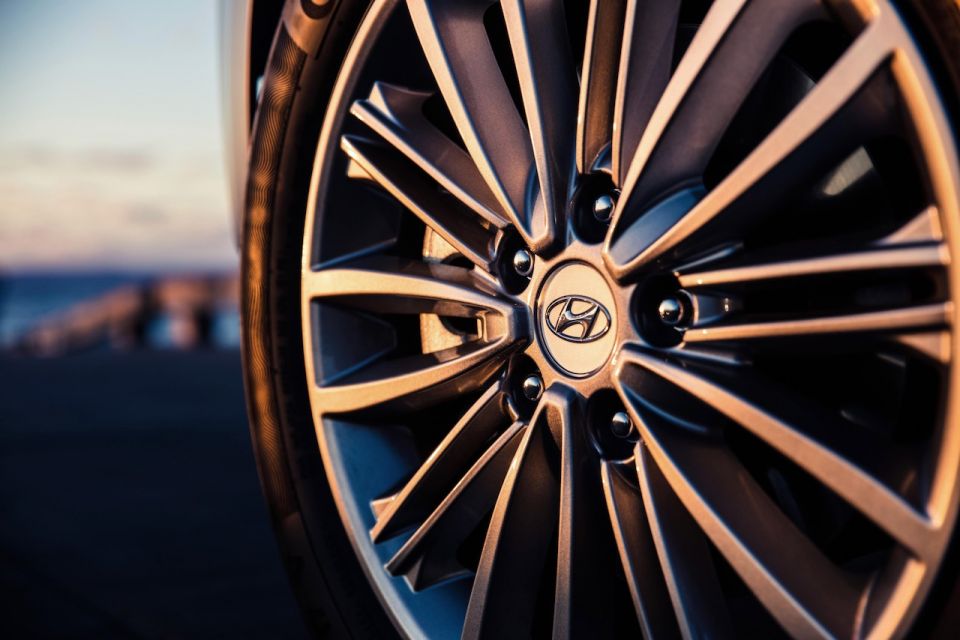

It can still get a bit noisy under a heavy throttle but far less so than its naturally-aspirated sibling. Not only that, the 1.6 turbo feels like a better fit for what is an excellent chassis, showing plenty of control and poise in the handling and ride department.
Hyundai and sister brand Kia have long benefited from local suspension tuning, and the Hyundai Kona is just another example of why that system pays genuine dividends when negotiating our bumpy roads.
You don’t really expect the level of compliance afforded by such a diminutive SUV, but the Kona makes light work of poor road surfaces and dismisses large speed bumps with little affect to ride compliance. It’s pretty impressive, when even sharp edges are glossed over.

It’s not soft, mind, but the Kona’s balance between a pleasant ride and decent cornering behaviour is very good.
There isn’t much body roll even in the tighter bends and the steering is relatively sharp with good weight, so it feels sorted in that regard, with good brake feel to boot.
For those who need to tow with their Kona, its maximum braked tow weight is 1250kg with a 130kg tow ball weight.
The Kona makes do with a 50L fuel tank. It probably won’t surprise you to learn the smaller, more powerful turbocharged engine offers the best fuel economy, with a combined usage of 6.7L/100km against 7.3L/100km from the naturally-aspirated 2.0 unit.
The Kona is covered under Hyundai’s standard five-year, unlimited-kilometre warranty notwithstanding its current retail offer of seven years for the i30.
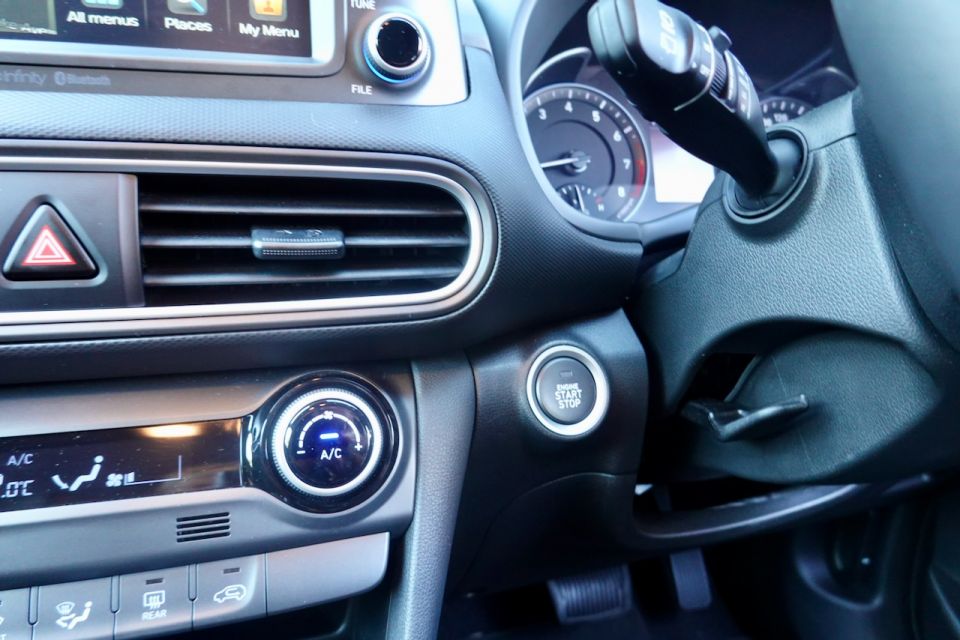
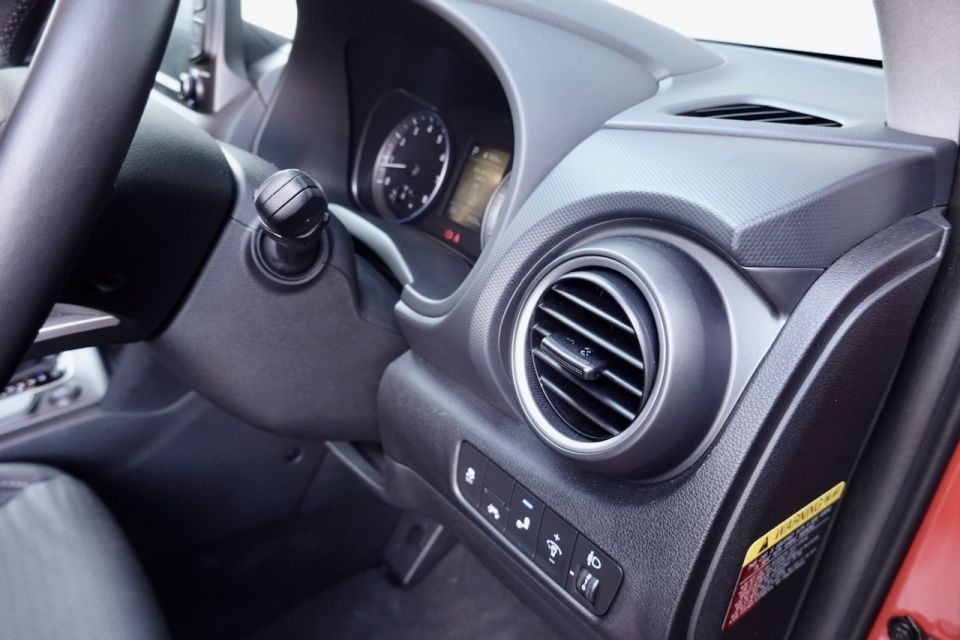
There’s capped price servicing available to for this particular variant. The first five years of servicing will cost you $1430.
It’s worth noting Hyundai’s sister brand Kia offers a seven-year warranty across its entire range as well as roadside assist and capped price servicing.
Despite considerable competition in what is fast becoming an oversubscribed segment, the Hyundai Kona remains one of the frontrunners with its standout styling, decent packaging and relatively generous equipment list – at least at the Elite level.
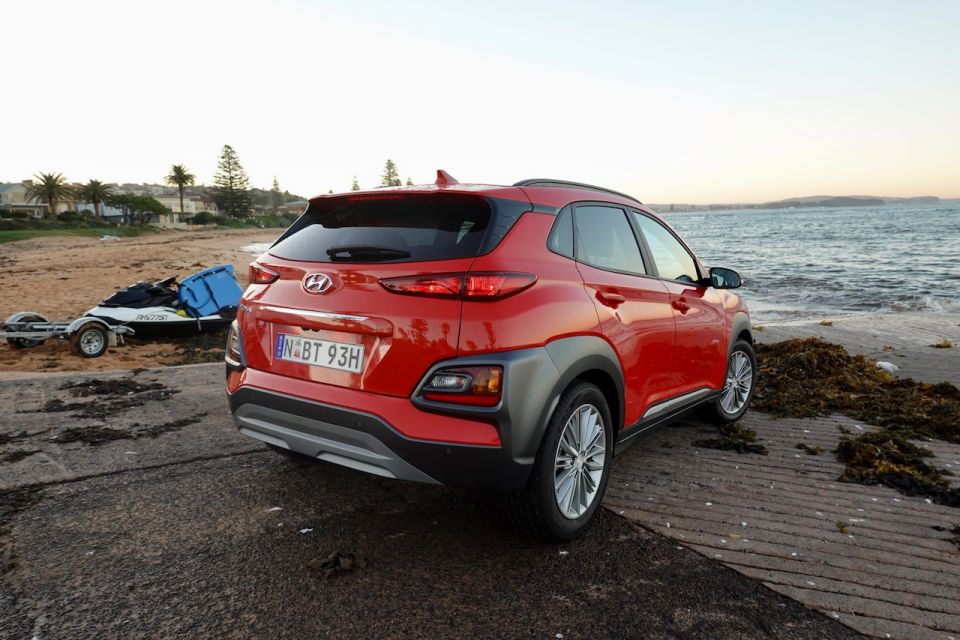
However, the Kona is getting older and smaller by comparison and other fresher alternatives are challenging the status quo – so do yourself a favour and test drive the new Kia Seltos and Volkswagen T-Roc.
Other makes, like the new MG HS and even the Peugeot 2008 are also well worth a look, and don’t be afraid to haggle in this new world we’re all living in.
Where expert car reviews meet expert car buying – CarExpert gives you trusted advice, personalised service and real savings on your next new car.
Anthony Crawford is a CarExpert co-founder and senior presenter with 20+years in automotive journalism and content creation.


CarExpert.com.au
2 Days Ago


Damion Smy
3 Days Ago


Damion Smy
3 Days Ago


Josh Nevett
3 Days Ago


Max Davies
4 Days Ago


Damion Smy
4 Days Ago